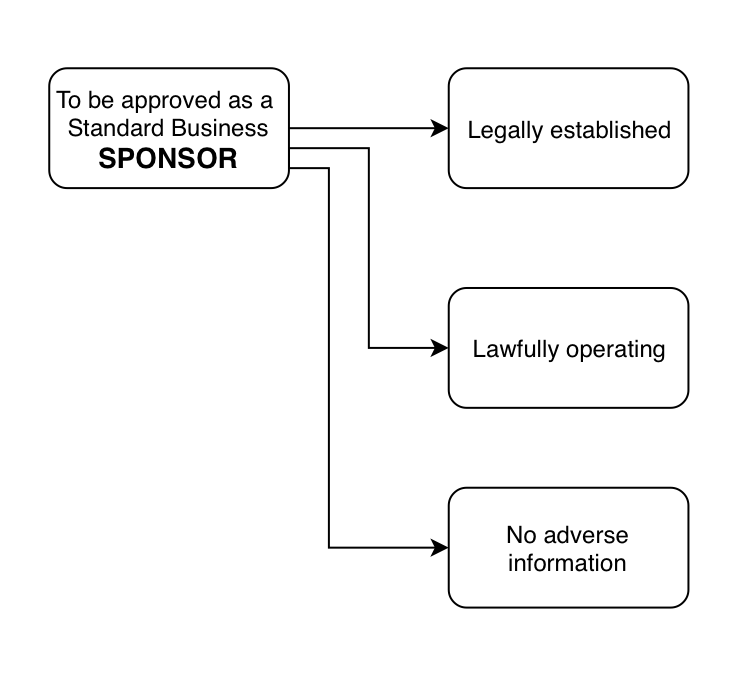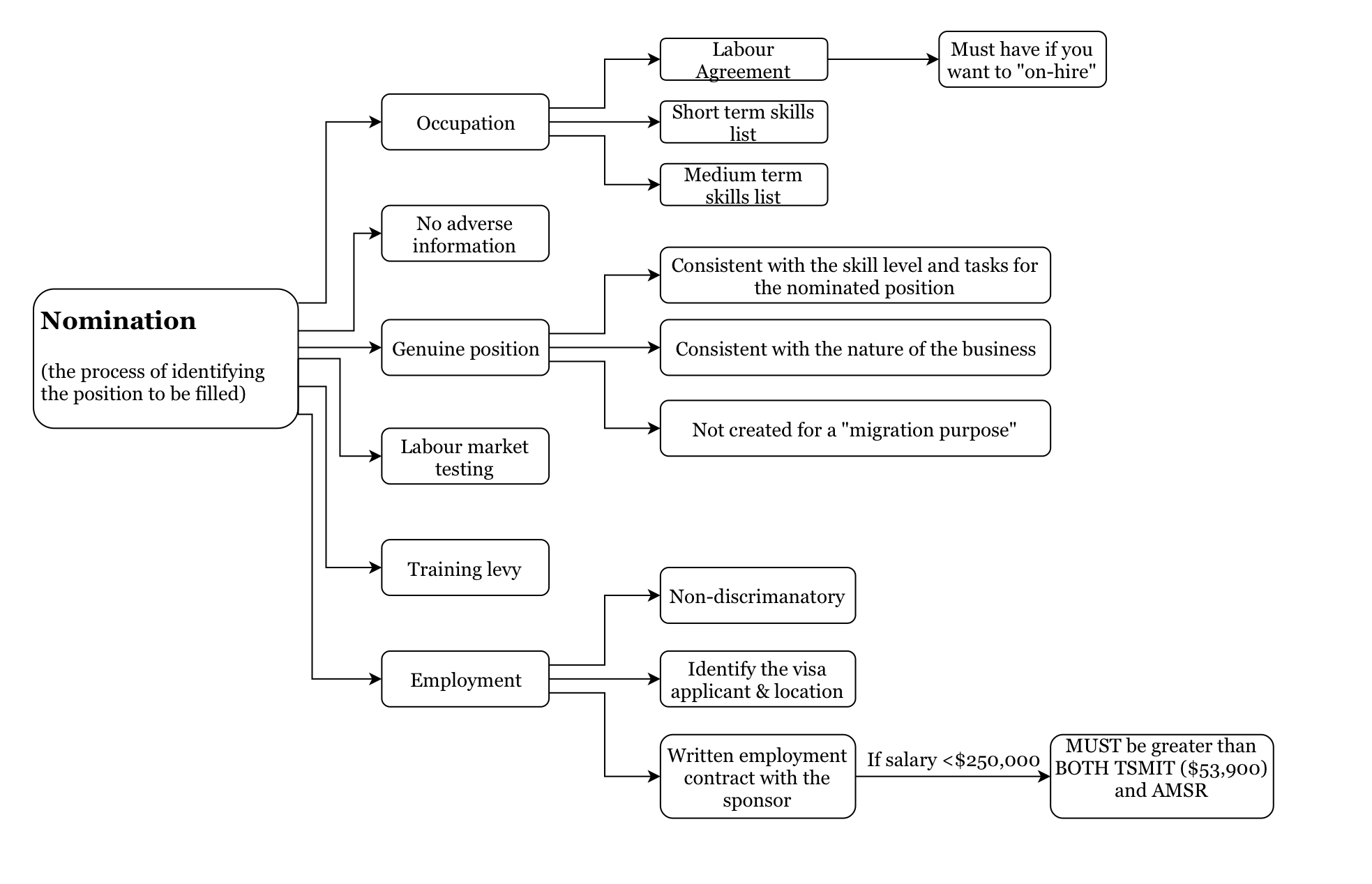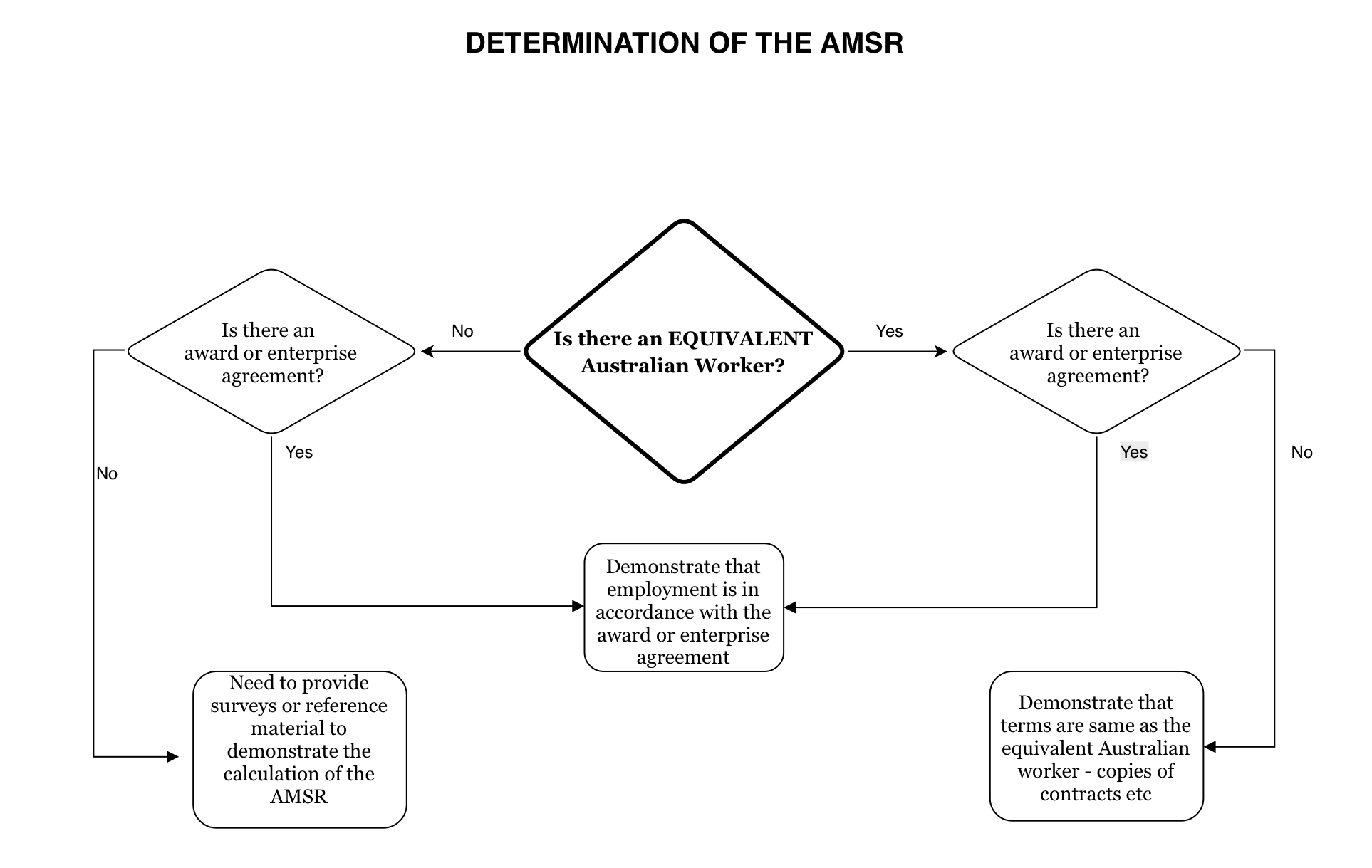Skills in Demand (SID) Visa (Subclass 482)
The SID visa, enables employers to address labour shortages by bringing in genuinely skilled workers where they cannot source an appropriately skilled AustralianOn 7 December 2024 there were some significant changes to the subclass 482 visa. The old Temporary Skills Shortage (TSS) visa has been replaced with the new Skills in Demand (SID) visa.
The new SID has three streams:
- The Core Skills Stream which requires you to have an occupation on the Core Skills Occupation List (which is largely the same as the previous skilled occupation list) and the distinction between “short term” and “medium long term” lists no longer exists;
- The Specialist Skills Stream which requires you to have an occupation in Groups 3, 7 or 8 of ANZSCO;
- The Labour Market Agreement stream which remains unchanged.
Both Core Skills and Specialist Skills are subject to a minimum salary threshold. The threshold for the Specialist Skills Stream is significantly higher. The new visa also opens up the pathway to permanent residence for all 482 visa holders.
There are still three steps in the process: (a) the employer has to be an approved sponsor; (b) there has to be a nomination; and (c) the visa application itself. I will deal with these steps in outline form below.
Transitional Provisions
STEP 1 – SPONSORSHIP

Accreditation
- Be a “trusted trader”; or
- Low risk sponsor with low volume usage and a high percentage of Australian workers; or
- Low risk sponsor with high volume usage and a medium percentage of Australian workers.
STEP 2: NOMINATION
The TSS nomination procedure is generally straightforward. The issues which are most likely to cause problems (especially for smaller businesses) are: (a) labour market testing; (b) the determination of the salary (see AMSR below); and (c) the imposition of a training levy.

Labour Market Testing (LMT)
Evidence of attempts to recruit a local person must be demonstrated in the 6 months prior to the nomination. Information about the cost of the advertising has to be provided. Advertisements must comply with the legislative instrument. There are some exceptions to LMT if international trade obligations apply. LMT is probably not necessary if the nominee is a citizen of Brunei, China, Japan, Malaysia, Mexico, Peru, Thailand, Vietnam, Canada, Chile, South Korea, New Zealand, Singapore or the United Kingdom.
Training Levy
The old “training benchmarks” were hard to administer and have been replaced a “Skilling Australians Fund” levy. The levy will come into force in the second half of 2018. For businesses with turnover less than $10M, the levy will be $1,800 per year for a nomination relating to a temporary visa.
Salary Threshold
The former TSMIT has been replaced with the Core Skills Income Threshold which is (in March 2025) $76,515. The Specialist Skills Income Threshold is (in March 2025) $141,210. Both of those thresholds are indexed annually. This means that if the salary paid to a 482 visa holder has to be no less than the AMSR (next section) and the CSIT (or SSIT).
Determining the AMSR

STEP 3: VISA APPLICATION
You can apply for a subclass 482 visa if you:
- have been nominated by an employer to work in Australia under standard business sponsorship and you have been advised by that employer to apply for your visa; or
- are a member of the family unit of a primary visa applicant who is seeking to be granted a subclass 482 visa on the basis that they meet the primary visa requirements.
Visa requirements
- both you and the occupation specified in your visa application are the subject of an approved nomination which has not ceased to be in effect
- you have the necessary skills and experience to perform the occupation (and completed any skills assessment required). This may also include relevant licensing and registration if required for the position
- you meet the English language proficiency requirement (unless you are exempt) – English language requirements
- meet health and character requirements
Health Insurance - 8501
Condition 8501 requires subclass 482 visa holders to maintain adequate arrangements for health insurance while in Australia
Work Restrictions - 8607
- only work for the approved sponsor
- only work in your nominated skilled occupation
- start work within 90 days of arrival in Australia if you were outside Australia when your visa was granted, or within 90 days after your visa was granted if you were already in Australia at the time
- not cease employment with your approved sponsor for a period of more than 60 consecutive days
- obtain any mandatory licence, registration or membership.